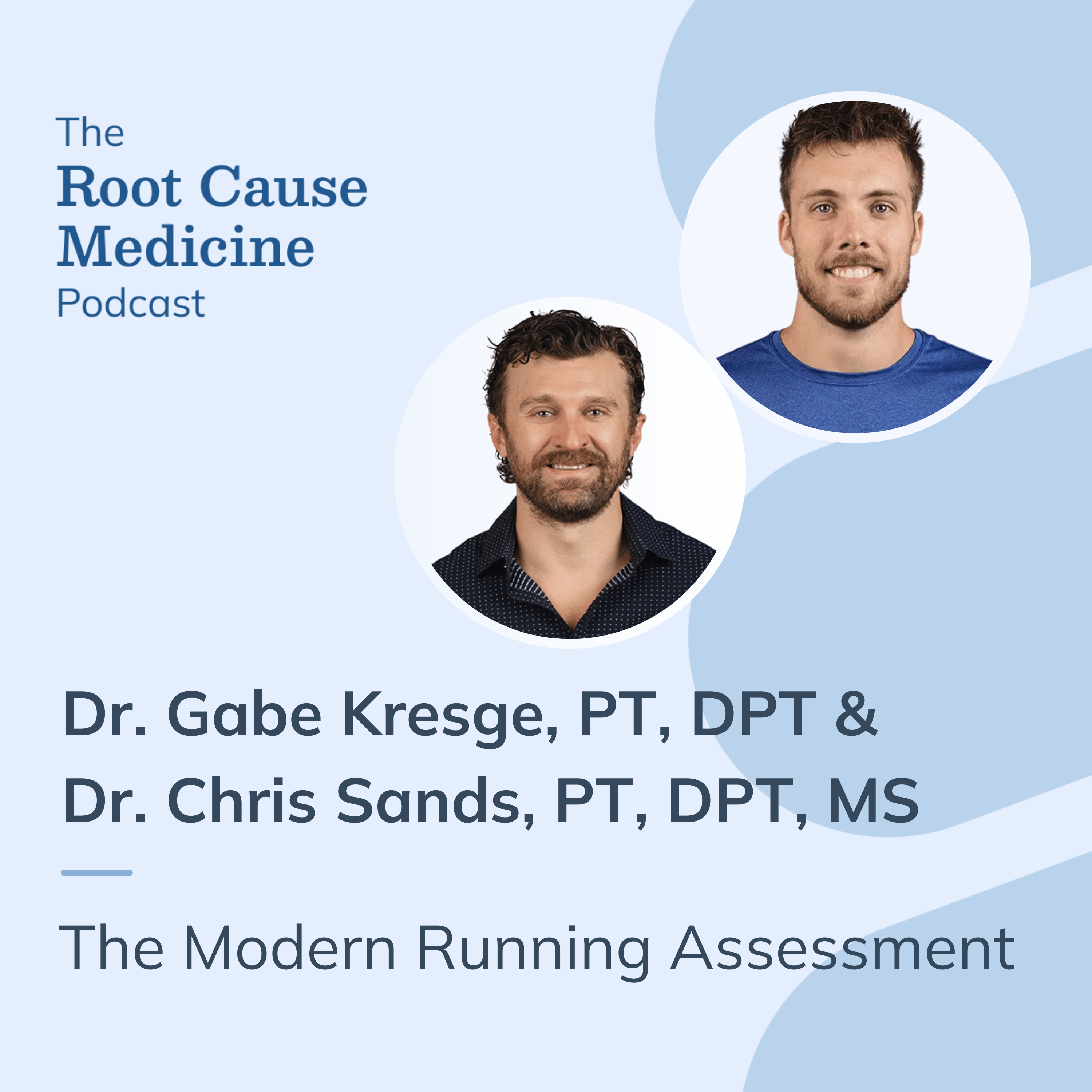Epilepsy and bipolar disorder affect millions of people worldwide, often disrupting daily functioning and emotional well-being. Fortunately, medications like oxcarbazepine offer an effective option for managing these complex neurological and psychiatric conditions.
Oxcarbazepine is an anticonvulsant and mood-stabilizing medication primarily used to treat seizures and, in some cases, as an off-label option for bipolar disorder. It is marketed under brand names such as Trileptal and Oxtellar XR.
This article provides a comprehensive overview of oxcarbazepine, including its uses, side effects, dosing, and precautions.
[signup]
What is Oxcarbazepine?
To understand how oxcarbazepine fits into clinical practice, it's essential to review its definition, mechanism of action, and how it compares to related drugs.
Definition and Brand Names
Oxcarbazepine is a second-generation anticonvulsant that chemically resembles carbamazepine. It is sold under brand names Trileptal (immediate-release) and Oxtellar XR (extended-release).
Mechanism of Action
Oxcarbazepine works by blocking special openings in nerve cells called sodium channels. These channels help carry electrical signals in the brain. When they are blocked, it helps calm down overly active brain cells. This makes it less likely for seizures to happen and may also help stabilize mood in people with certain mental health conditions.
Oxcarbazepine vs. Carbamazepine
Carbamazepine was initially used as a first-line treatment for partial seizures, but it often caused side effects that limited its use in some patients. To address these concerns, oxcarbazepine was developed as a second-generation derivative, designed to offer a safer and more tolerable option.
Approved by the FDA in 2000, oxcarbazepine provides advantages over carbamazepine, including:
- Fewer interactions with liver enzymes
- A lower risk of severe skin reactions in certain populations
- Better overall tolerability
- Less likelihood of inducing its own metabolism (autoinduction)
Medical Uses
Oxcarbazepine is FDA-approved for partial-onset seizures (as monotherapy or adjunctive therapy) in adults and children 4 years and older. It has also demonstrated utility in several other neurologic and psychiatric conditions.
Trigeminal Neuralgia
Though not FDA-approved for this indication, oxcarbazepine is used off-label to manage trigeminal neuralgia, particularly in patients intolerant to carbamazepine.
Bipolar Disorder (Off-Label)
Oxcarbazepine has been studied as a mood stabilizer in bipolar disorder, with some efficacy noted in treating manic episodes. However, it is not a first-line agent due to limited comparative data.
Dosage and Administration
Proper dosing and administration are essential for ensuring therapeutic effectiveness and reducing the risk of side effects.
Initial and Maintenance Dosing
The typical dosage for oxcarbazepine is:
- Adults (monotherapy): Start at 600 mg/day, typically divided twice daily, and increase to 1200–2400 mg/day based on response and tolerability.
- Children: Dosage is weight-based; consult pediatric guidelines.
Formulations
- Trileptal: Available in immediate-release tablets and oral suspension
- Oxtellar XR: Extended-release formulation taken once daily
Trileptal vs. Oxtellar XR Dosing
Oxtellar XR allows once-daily dosing, which may improve patient compliance but requires a different titration schedule compared to Trileptal.
Side Effects
Like all medications, oxcarbazepine can cause side effects. Most are mild and manageable, but some can be more serious and require medical attention.
Common Side Effects
These side effects are the most frequently reported and usually go away with time or dose adjustment:
- Feeling drowsy or tired
- Nausea or vomiting
- Dizziness
- Headaches
- Vision changes, such as double vision (diplopia)
Serious Risks
While less common, some side effects can be severe and need immediate medical evaluation:
- Hyponatremia (low sodium levels in the blood), which can lead to confusion, seizures, or even coma if untreated
- Severe allergic reactions, including Stevens-Johnson syndrome (SJS), a rare but serious skin condition
- Agranulocytosis or other blood disorders, which are rare but potentially life-threatening
Patients should be encouraged to report any unusual or concerning symptoms right away. If serious side effects occur, a doctor may need to adjust the dosage or discontinue the medication altogether.
Precautions and Warnings
Before prescribing oxcarbazepine, healthcare providers should consider key safety concerns and possible drug interactions.
Cross-Sensitivity with Carbamazepine
Patients who have had an allergic reaction or sensitivity to carbamazepine may also react to oxcarbazepine. Studies show that 25–30% of these patients experience cross-sensitivity, so caution is necessary.
Pre-Existing Health Conditions
Certain medical conditions may require dose adjustments or closer monitoring:
- Kidney problems – Reduced kidney function may affect how the drug is cleared from the body.
- Liver disease – Patients with liver impairment should be monitored carefully.
- History of suicidal thoughts or behavior – These patients should be observed regularly, as mood-related side effects are possible.
Pregnancy and Breastfeeding
Oxcarbazepine is classified as pregnancy category C, meaning that a risk to the fetus cannot be ruled out. However, in some cases, the benefits of seizure control during pregnancy may outweigh the risks. Because the drug is excreted in breast milk, caution is advised for breastfeeding individuals.
Drug Interactions
Oxcarbazepine may interact with other medications, such as:
- It can reduce the effectiveness of oral contraceptives, so an alternative form of birth control is recommended.
- It may interact with other antiepileptic drugs (AEDs) and alcohol, increasing the risk of side effects.
- Oxcarbazepine can increase the breakdown of certain drugs by inducing the liver enzyme CYP3A4, potentially reducing their effectiveness.
Overdose
Timely recognition of overdose symptoms is essential for effective intervention.
Common symptoms of an overdose include:
- Nausea, vomiting
- Somnolence
- Dizziness
- Ataxia
- Seizure worsening
In case of overdose:
- Seek urgent medical care
- Healthcare providers can provide supportive care (e.g., maintain airway, administer fluids, monitor vital signs and mental status)
- Consider gastric lavage if the patient has very recently ingested the medication.
Monitoring and Long-Term Use
Regular follow-up and lab monitoring help ensure the continued safety and efficacy of oxcarbazepine.
Check-Ups and Lab Tests
Lab tests that are typically performed on patients taking oxcarbazepine include:
- Serum sodium levels
- Liver and kidney function
- Complete blood count (CBC) if there are any signs of bone marrow suppression
Tolerability Over Time
Long-term use is generally well tolerated, but some patients may experience cognitive slowing, weight gain, or hormonal effects.
Bone Health Considerations
Like many AEDs, oxcarbazepine may affect vitamin D metabolism and bone density—supplementation and DEXA scans may be appropriate in long-term users.
Alternatives
While oxcarbazepine is effective for many patients, it may not be the best option for everyone. Other medications may be better suited depending on a person's age, other health conditions, or how well they tolerate certain side effects.
Other Antiepileptic Drugs
Several alternatives are available for treating seizures, including:
- Carbamazepine – Chemically similar to oxcarbazepine but with a different side effect profile
- Lamotrigine – Often used for both seizures and mood stabilization, with fewer cognitive side effects
- Levetiracetam – A popular choice for treatment of partial, myoclonic, and tonic-clonic seizures due to its ease of use and fewer drug interactions.
Each of these medications works differently, so the choice depends on the patient’s individual needs.
Other Mood Stabilizers
For patients with mood disorders, especially bipolar disorder, other mood stabilizers may be considered:
- Lithium – A first-line treatment for bipolar I disorder with strong evidence for preventing mania and depression
- Valproic Acid – Effective for a wide range of mood symptoms, but may have more side effects than other options
[signup]
Key Takeaways
- Oxcarbazepine is an FDA-approved anticonvulsant used to treat partial-onset seizures in adults and children; it is also used off-label for conditions like bipolar disorder and trigeminal neuralgia.
- It works by blocking sodium channels in nerve cells, which helps stabilize brain activity and prevent seizures.
- Available in two main formulations: Trileptal (immediate-release) and Oxtellar XR (extended-release). Oxcarbazepine can be taken with or without food.
- Common side effects include drowsiness, dizziness, nausea, headache, and vision changes, while serious risks include hyponatremia, allergic reactions, and rare blood disorders.
- Patients with a history of carbamazepine allergy, kidney/liver issues, or suicidal ideation should be monitored closely; dose adjustments may be needed.
- Oxcarbazepine can interact with oral contraceptives, alcohol, and other antiepileptic drugs, and may require alternative birth control methods.
- Regular lab monitoring (sodium levels, kidney/liver function) is recommended during long-term use, especially in elderly or pediatric populations.












%201.svg)







